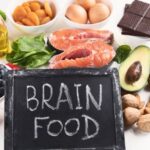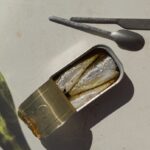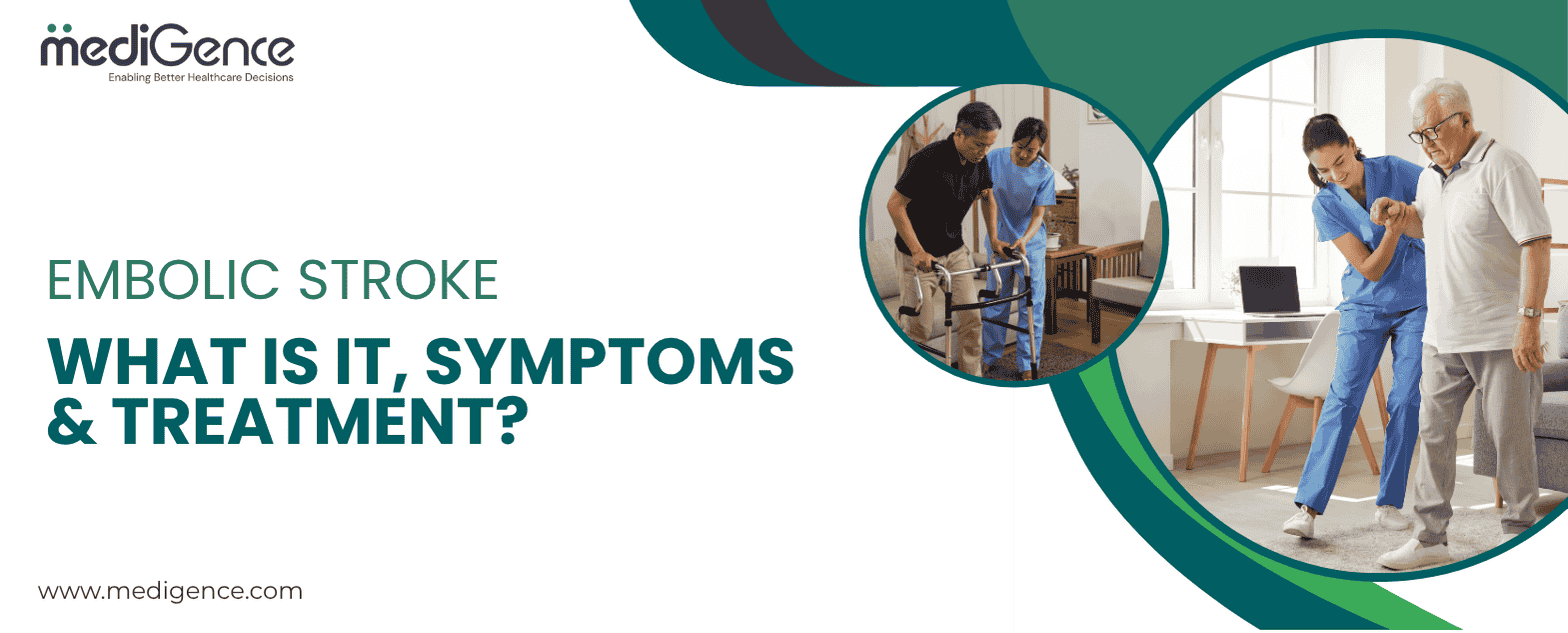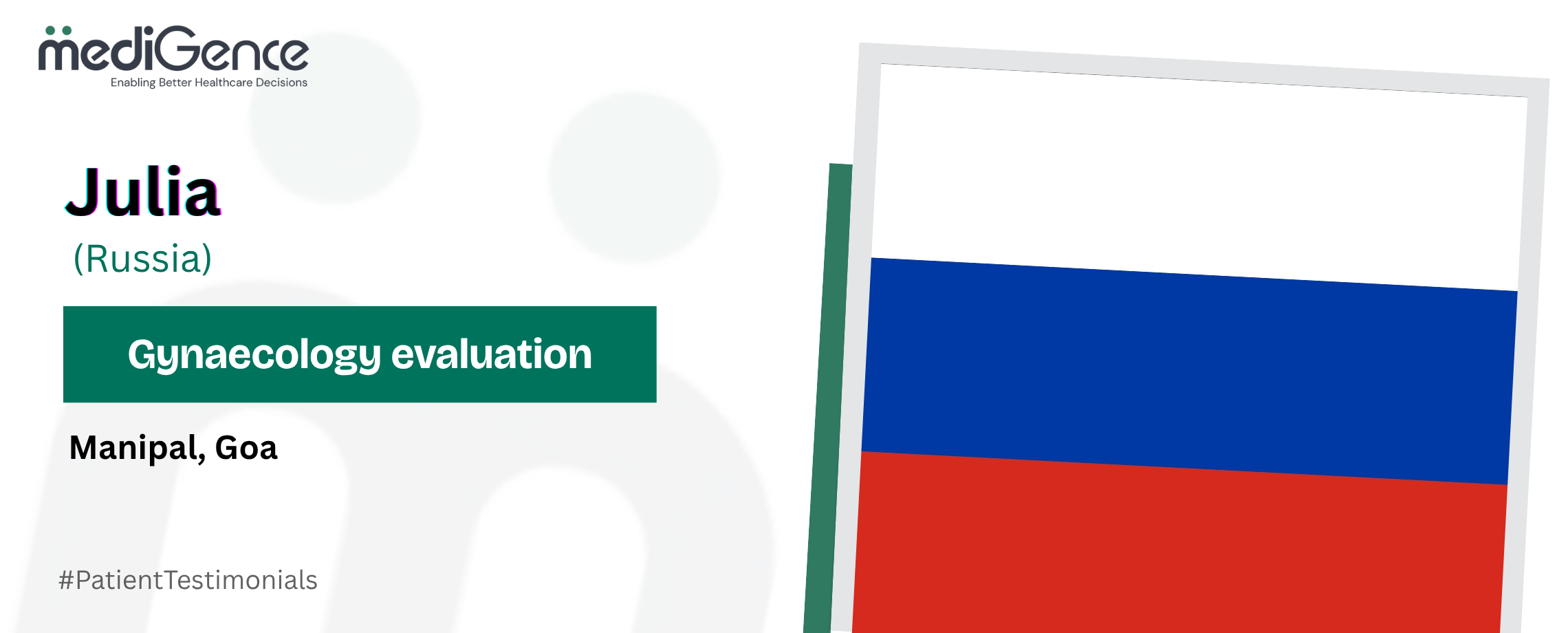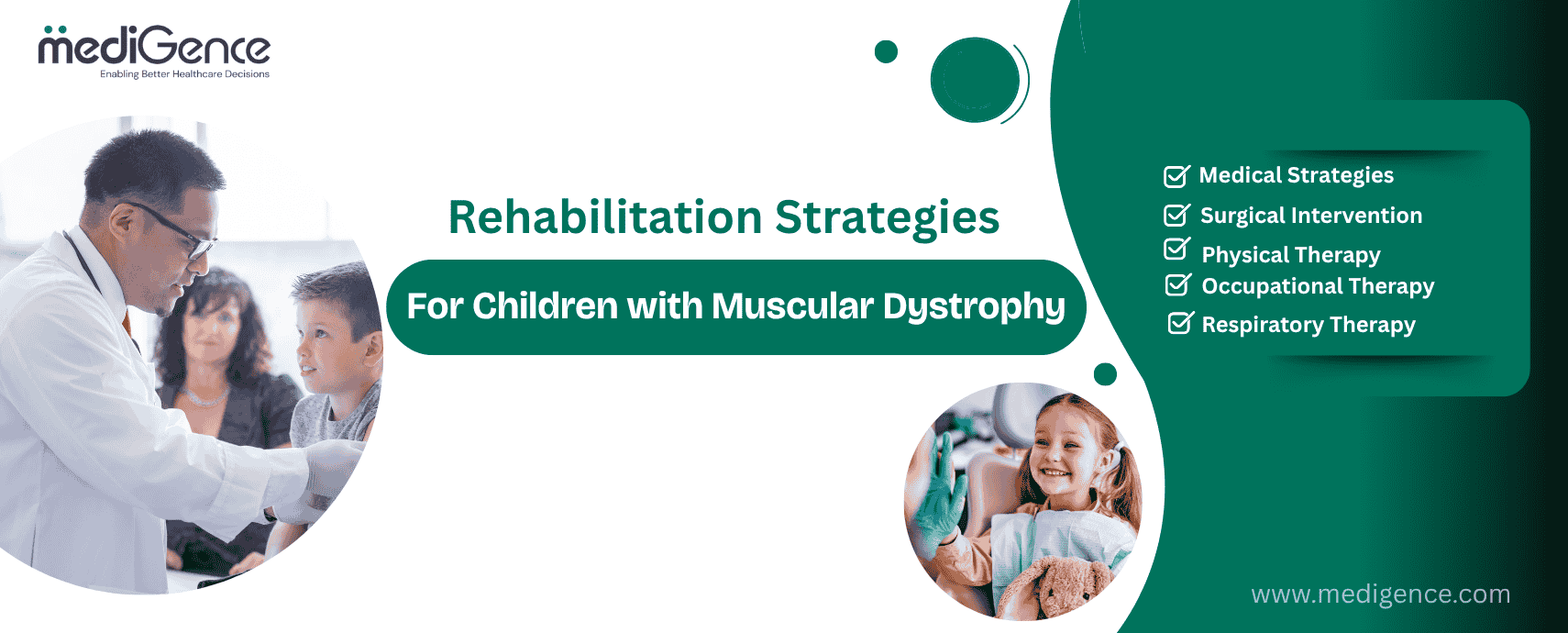Ischaemic stroke has two types of stroke: embolic stroke and thrombotic stroke.
Although they can form anywhere, blood clots that result in an embolic stroke typically form in the heart or arteries of the neck and upper chest. Once the clot breaks loose, it moves via the bloodstream to the brain. The clot becomes lodged and stops blood flow to the brain when it enters a blood vessel that is too narrow for it to pass through. We refer to these obstructions as emboli.
The brain does not receive adequate energy and nutrients it needs to function if one of these arteries is clogged. Ultimately, brain cells will start to die off if the obstruction persists for longer than a few minutes. Thus, embolic strokes are potentially fatal medical emergencies, much like any other stroke.
Causes of Embolic Stroke
Plaque accumulation along the walls of arteries is usually the cause of an embolic stroke. An irregular heartbeat, such as atrial fibrillation, may also be the cause; where the heart isn’t pumping blood efficiently, the blood might pool and form clot, which can spread throughout the bloodstream.
Some people are more likely to have an embolic stroke due to specific risk factors. These elements consist of:
- Having elevated blood pressure
- Smoking
- Being overweight and not getting enough exercise
- Having diabetes
- Possessing a family history of heart attacks, strokes, or similar illnesses
- Being over 55

Book Online Consultation
Symptoms of Embolic Stroke
There are no particular symptoms associated with embolic stroke. The following are the most typical signs of a stroke:
- Abrupt numbness in a leg, arm, or other bodily portion
- Speech difficulties
- loss of balance
- Lightheadedness
- Vision problems: inability to see in one or both eyes
- An excruciating headache with no apparent cause
- Dizziness
- Inability to understand and adhere to basic instructions
- Weakness or paralysis in a single bodily part
- Difficulty speaking or understanding words
- Difficulty swallowing
- Nausea or vomiting
Treatment of Embolic Stroke
Restoring blood supply to the brain is the most crucial aspect of treating an embolic stroke. In order to lower your chance of death, new disability, and irreversible brain damage, medical professionals will make every effort to complete this as quickly as feasible.
The most popular therapies consist of:
1. Mechanical thrombectomy: This operation uses a tiny, thin tube called a catheter to remove a blood clot. A catheter will be inserted by a medical professional into a blood vessel. The catheter will then be inserted up to the brain clot. They will either break apart the clot and suck up the fragments or hoover it up in one piece. You can have a thrombectomy done within 24 hours of the onset of symptoms.
2. Thrombolytic medication: A clot-busting medication, such as tissue plasminogen activator (t-PA), is the most successful treatment for ischaemic stroke. The medication needs to be administered through Intravenous (IV) lines a few hours after the onset of stroke symptoms. This medication has the ability to break up clots and increase blood flow to the brain. After a stroke, patients who take this medicine typically experience reduced long-term disability. Because of this, it’s critical to get emergency care right away if you’re experiencing stroke symptoms.
3. Administration of blood thinners: Aspirin or other antiplatelet drugs are frequently required. Stronger drugs called anticoagulants can reduce your risk of stroke if you have a clotting disease or atrial fibrillation.
4. Control blood sugar: To aid in your brain’s recovery, your healthcare experts will keep an eye on your blood glucose (blood sugar) levels.
5. Oxygen therapy: During a stroke, your brain does not receive enough oxygen. You might be required to wear a nosepiece that provides more oxygen by your healthcare providers. This will facilitate breathing and assist your body in replenishing your brain’s oxygen supply.
6. Endarterectomy: This procedure is used to clear plaque from clogged or constricted arteries. You may be less likely to get another blood clot as a result.
7. Stenting: A little tube called a stent aids in maintaining an open blood channel and boosting blood flow.
8. Rehabilitation for thrombotic stroke: An essential component of treating a thrombotic stroke is stroke rehabilitation. After a stroke, you will require appropriate rehabilitation, which is a mix of:
- Occupational therapy can assist you in safely doing your everyday duties, particularly those that require precise body motions, such as daily chores.
- Physical therapy can help you regain use of your arms and legs, strengthen your muscles, and improve your balance.
- Speech therapy can help you restore or enhance your language and speaking skills as well as manage the muscles involved in breathing, eating, swallowing, and talking
